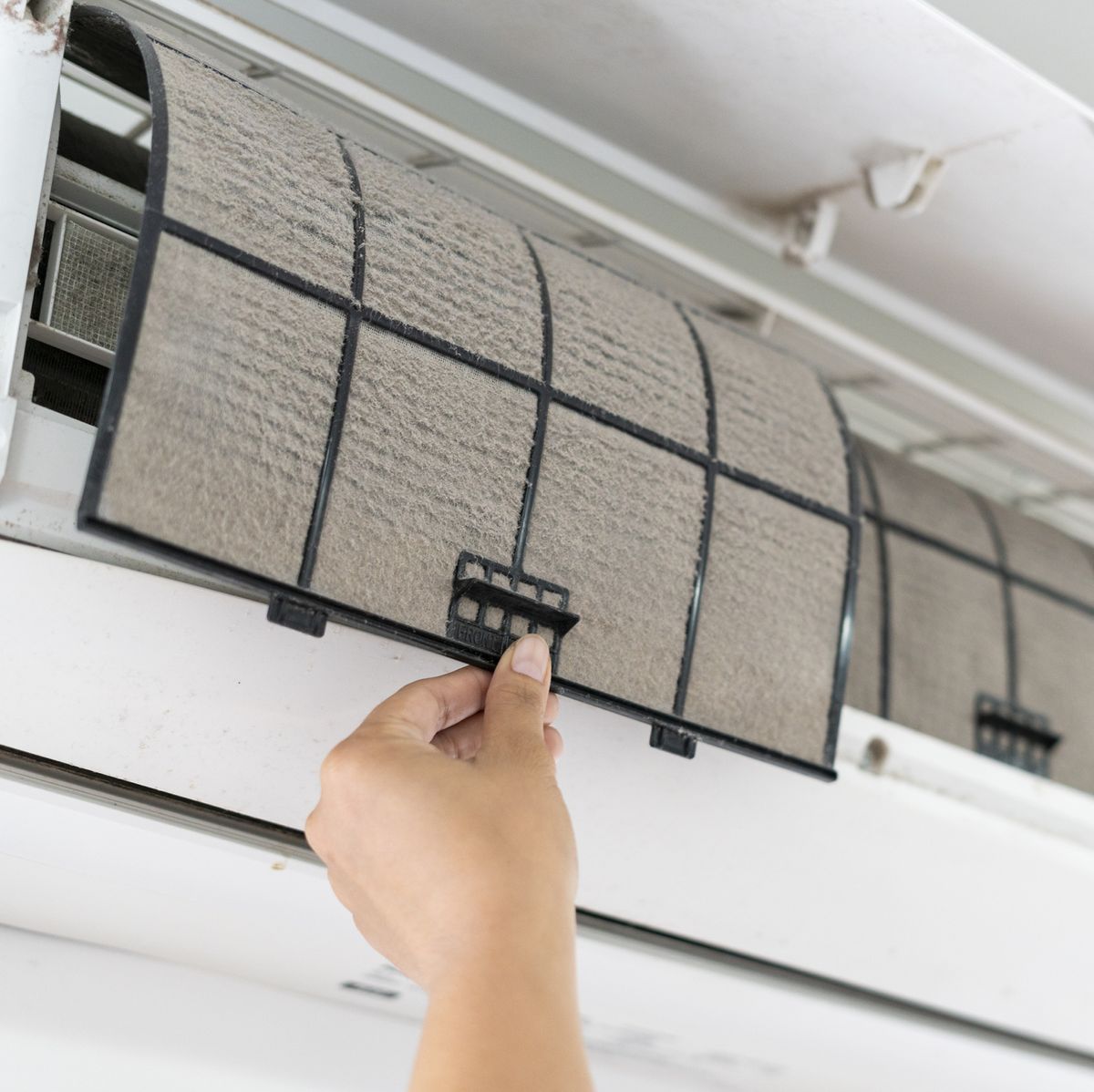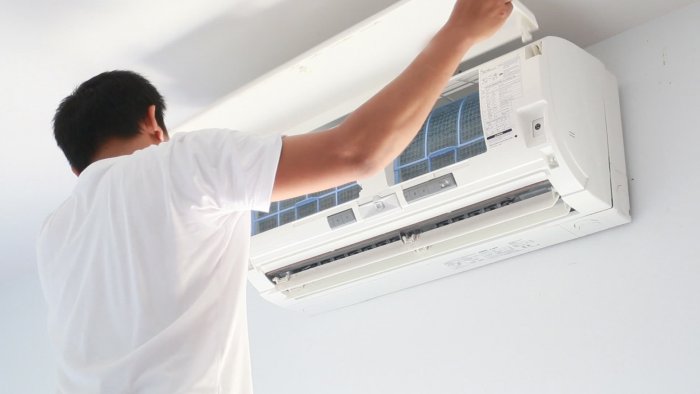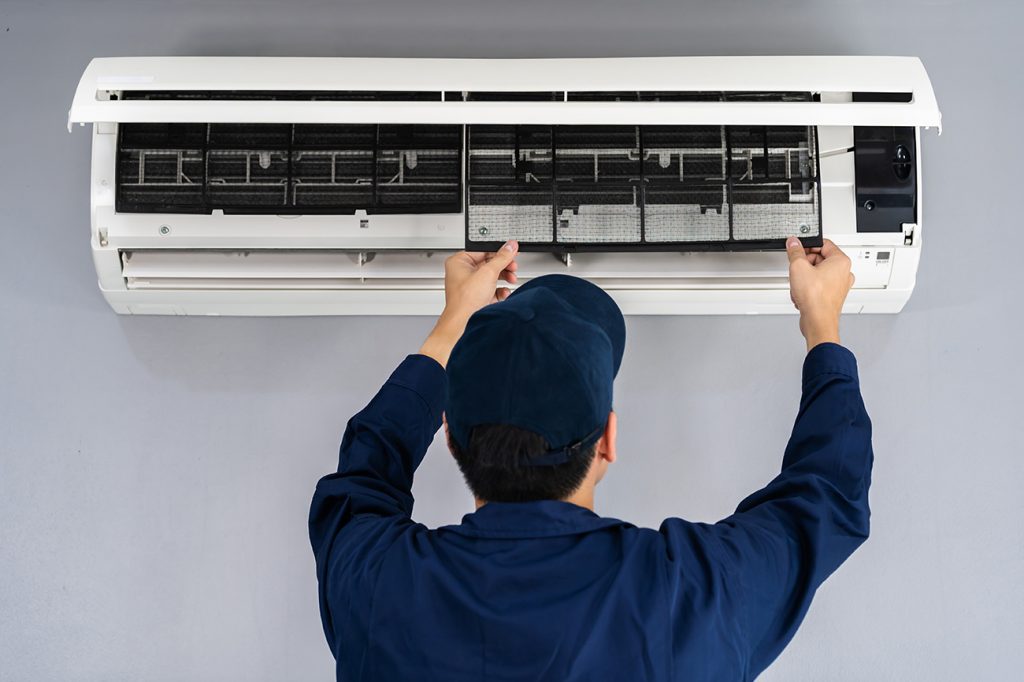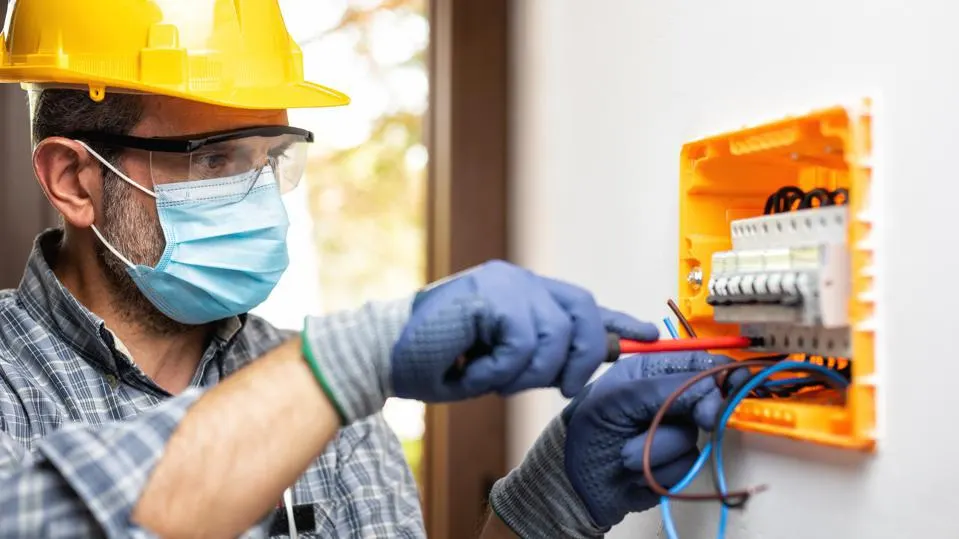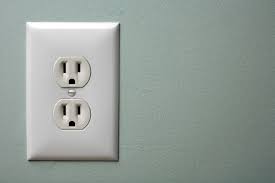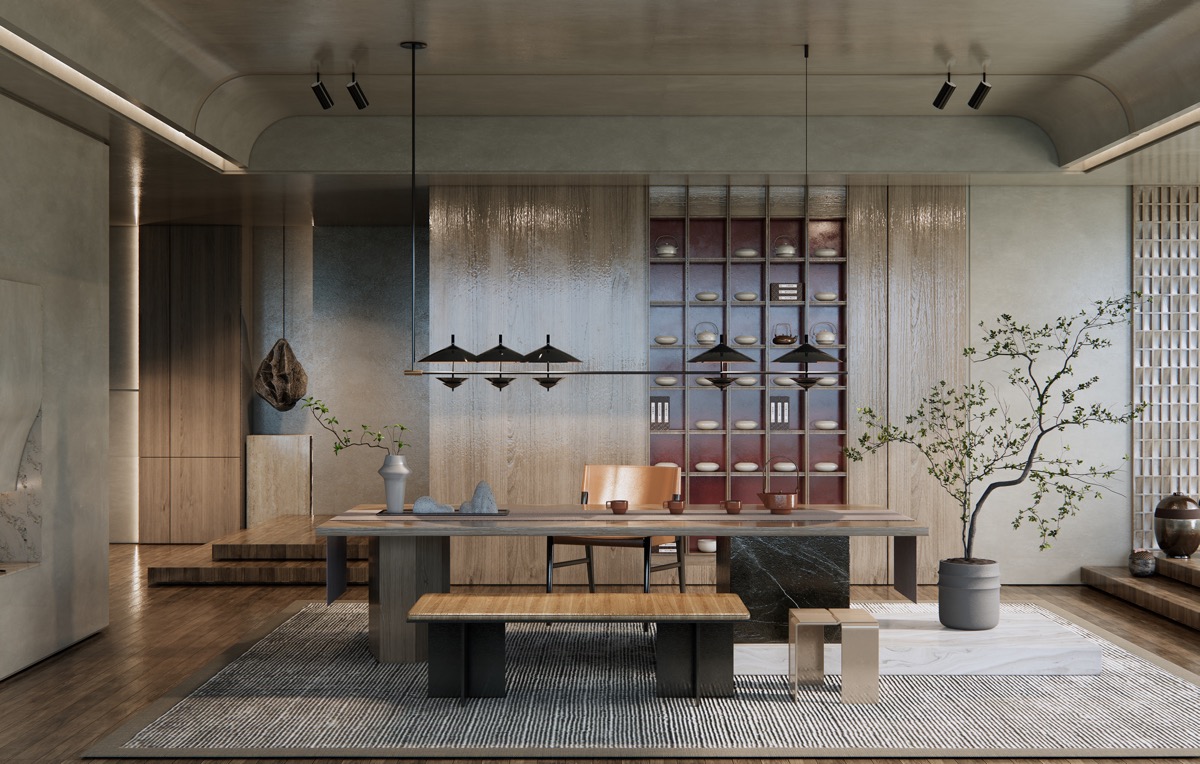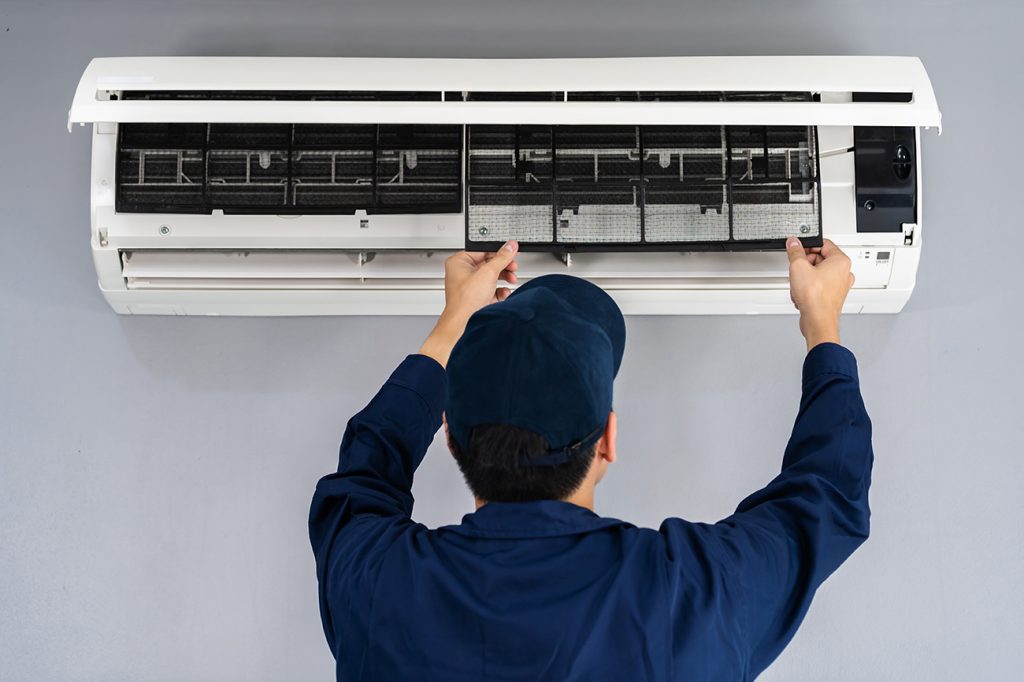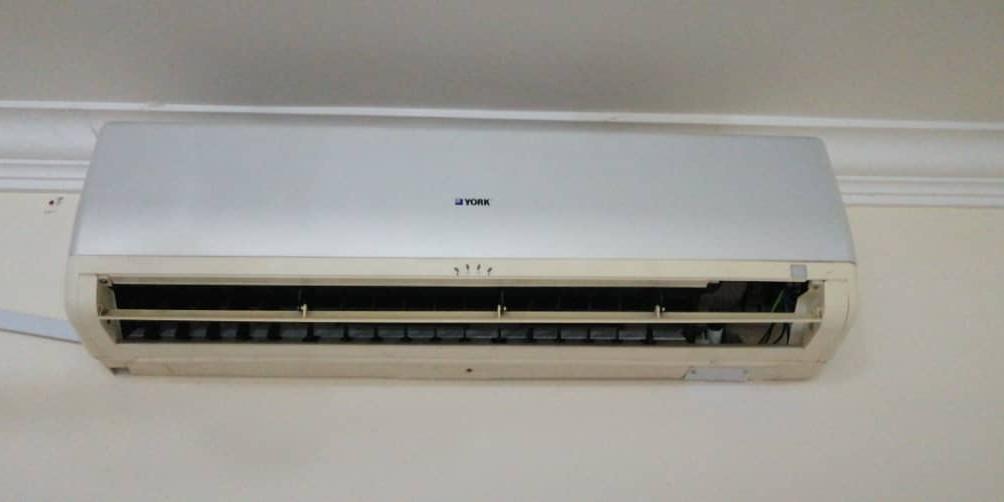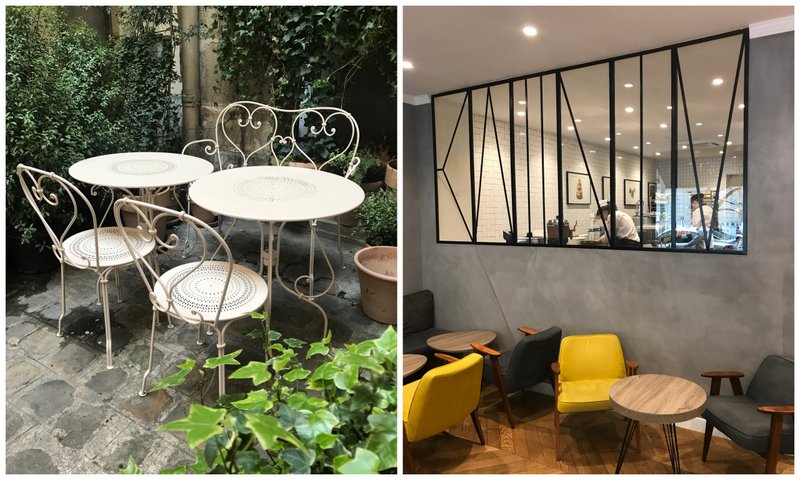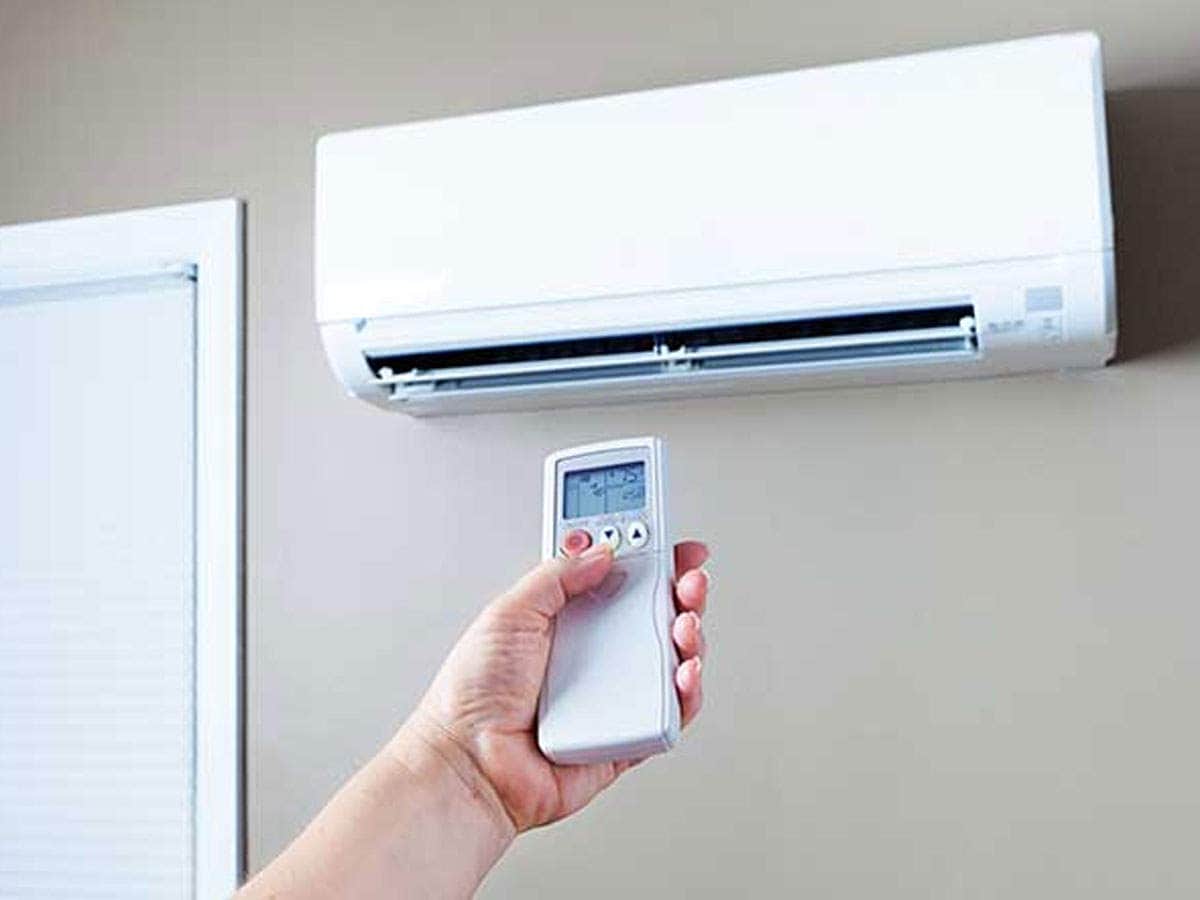Unraveling the electrical needs of a modern tea room isn’t a storm in a teapot—it’s an adventure in practical design! Our guide will light up your path, delivering buzz-worthy insights for your tea-infused retreat. Read on, and let’s plug into the heart of your perfect, cozy, high-tech sipping space!
Electrical Wiring Requirements
In modern tea rooms, the electrical needs are crucial to ensure proper functioning and safety. Meeting the electrical wiring requirements is essential to provide adequate power supply for various appliances and lighting fixtures used in the tea room.
To better understand the specific electrical wiring requirements for a modern tea room, here is a table outlining the necessary details:
| Power Requirement |
Type of Appliance |
Quantity |
| 240V |
Espresso Machine |
1 |
| 120V |
Refrigerator |
1 |
| 120V |
Electric Kettle |
2 |
| 240V |
Oven |
1 |
| 120V |
Lighting |
10 |
These requirements ensure that the tea room has the necessary electrical capacity to support the espresso machine, refrigerator, electric kettles, oven, and sufficient lighting.
Furthermore, it is crucial to consider safety measures such as grounding, surge protection, and proper circuit breakers to avoid electrical hazards. A professional electrician should be consulted to ensure compliance with local codes and regulations.
In the context of meeting the electrical needs of a modern tea room, let me share a true story. Once, in a bustling tea room, a customer was enjoying a cup of tea when suddenly there was an electrical fault due to inadequate wiring. This interruption not only disrupted the customer’s experience but also caused a temporary closure of the tea room. This incident highlights the importance of meeting the electrical requirements to ensure uninterrupted operations and customer satisfaction.
With enough voltage and current capacity, you can power up a tea room so the customers can get electrifying caffeine jolts instead of just their usual pick-me-up.
Voltage and current capacity
Let’s examine a table illustrating the standard voltage and current ratings of different electrical wiring.
| Material |
Voltage Rating |
Current Rating |
| Copper |
600V |
15A |
| Aluminum |
600V |
10A |
| Silver |
1000V |
20A |
Take note, these are just general rules. It is best to check local codes and regulations for exact requirements. Plus, insulation type, circuit length, and environment temperature can also affect voltage and current capacity.
Remember, electrical wiring is like rules of engagement – break them and you’ll get a shock!
Safety regulations and codes
Proper installation methods must be followed for electric wiring systems, to make sure they’re safe and work properly. This includes using the right wires, connectors, junction boxes, and conduits. Get it wrong – and it can cause short circuits or overheating.
Grounding is also vital; it gives an escape route for fault currents, and stops people from getting electric shocks. All grounding techniques must follow safety regulations.
Insulation has an important role, too. It stops current flowing where it shouldn’t, and is safeguarded by materials like PVC and rubber. Good insulation helps avoid short circuits, and potential fires or equipment damage.
Overcurrent protection such as circuit breakers or fuses, protect against too much current flow. These help prevent overheating or fires. Safety rules say how these should be sized and placed.
Regular inspection and maintenance of electrical wiring systems must be done, to make sure they meet safety regulations. Electricians with the right knowledge and expertise must be engaged for this.
Safety regulations and codes must be followed, for reliable and safe electrical installations. This applies in both residential and commercial spaces.
It may seem like a lot, but it’s not as shocking as trying to charge your phone with a fork!
Number of outlets and circuits needed
Take a peak at the electricity needs for common residential areas. For example, Living Room needs 4 outlets and 2 circuits, while Bedroom requires 4 outlets and 1 circuit. Kitchen and Laundry Room both demand 6 outlets and 1 circuit respectively. Whereas, Bathroom and Garage require only 2 outlets and 1 circuit each.
These numbers might vary due to different requirements. Also, certain areas like kitchens and workshops need special circuits for equipment that draw a lot of power. So, be prepared for a hefty electricity bill!
Lighting Needs
The lighting requirements of a modern tea room are crucial in creating the right ambiance and atmosphere. It is important to carefully consider the lighting needs to ensure that customers feel comfortable and enjoy their tea room experience.
A table outlining the lighting needs of a modern tea room can demonstrate the specific requirements. The table includes columns such as lighting fixture type, brightness level, and placement. This provides a clear overview of the different lighting elements needed in the space.
For instance, the table may include information on various fixtures like pendant lights, wall sconces, and table lamps, with corresponding brightness levels for each area. Placement details could include counter illumination for food preparation, ambient lighting for seating areas, and accent lighting for displays or artwork.
Additionally, it is vital to consider energy-efficient options and the use of natural light sources. LED bulbs or daylight harvesting techniques can help reduce energy consumption and create a more sustainable tea room environment.
To illustrate the importance of proper lighting, imagine a tea room that failed to consider the lighting needs. The resulting dim or overly bright ambiance could make customers feel uncomfortable or even affect their perception of the tea room’s cleanliness and quality. A story could be shared about how a tea room owner recognized this issue and made significant changes to the lighting setup, resulting in a more inviting and enjoyable space for customers.
By understanding and addressing the lighting needs of a modern tea room, owners can create an environment that attracts customers and enhances their tea-drinking experience.
Lighting up a tea room is like finding the perfect blend – you need the right fixtures to make it a bright, not a dim, affair.
Types of lighting fixtures required
Lighting fixtures are essential for brightening up spaces. Different types are needed based on the area’s needs. Here’s a list of common kinds:
| Fixture Type |
Description |
Common Applications |
| Ceiling Lights |
Mounted on ceiling |
Living rooms, bedrooms |
| Chandeliers |
Hanging decorative lights |
Dining rooms, entryways |
| Wall Sconces |
Fixed to walls |
Hallways, bathrooms |
| Pendant Lights |
Suspended from ceiling |
Kitchen islands, dining tables |
| Recessed Lights |
Installed in ceilings |
Office spaces, kitchens |
| Track Lights |
Adjustable on tracks |
Art galleries, retail stores |
Floor lamps and table lamps provide portability and flexibility too. Dimmers and timers can be used to adjust brightness and set lighting schedules to boost ambiance and energy efficiency.
Choose your lighting wisely based on factors like room size, ceiling height, desired atmosphere, and functional needs. Proper lighting not only improves visibility, but also makes the room look good. Intensity and color temperature also impact the overall feel of the space – choose carefully!
Light intensity and color temperature considerations
Light intensity and color temperature are key for creating the desired ambiance and functionality of any space. Taking these into account is essential for optimal lighting conditions that promote productivity, comfort, and aesthetics.
Light intensity is the brightness level of a light source, usually measured in lumens. It affects our vision and too little or too much can cause eye strain or glare.
Color temperature, measured in Kelvin (K), defines the warmth or coolness of the light. Lower Kelvin values create a cozy atmosphere, while higher values create crisp and energetic vibes.
We can use these details to choose the best lighting for a space. For example, offices need high light intensity for clarity, while restaurants should use lower Kelvin values to evoke a cozy atmosphere.
By understanding the impact of light intensity and color temperature, we can make smart decisions when selecting lighting solutions for our needs. And, if you’re looking to save money on your electric bill, tell your kids the dark corners of their rooms are haunted – instant energy-efficient lighting!
Energy-efficient lighting options
LED Lighting: Light Emitting Diode bulbs are ultra-efficient and can last up to 20 times longer than traditional incandescent bulbs.
CFLs: Compact Fluorescent Lamps use 75% less energy and last 10 times longer.
Halogen Incandescent: Meet federal minimum energy efficiency standards, a more efficient alternative than standard incandescent bulbs.
Solar-powered Lights: Solar panels collect sunlight during the day, which is then stored in batteries and used for energy-efficient lighting at night.
Motion Sensing Lights: These turn on automatically when motion is detected, reducing unnecessary energy consumption.
If you incorporate these energy-efficient lighting options, you’ll save money and help create a greener future.
For heating and cooling needs, remember the Goldilocks rule – always want the temperature to be just right!
Heating and Cooling Systems
Heating and Cooling Systems play a crucial role in the functionality of a modern tea room. The indoor temperature needs to be maintained at a comfortable level for customers, especially during extreme weather conditions.
To illustrate this, let’s create a table that showcases the heating and cooling systems commonly used in tea rooms:
| Heating and Cooling Systems |
Description |
| Air conditioning units |
Efficiently regulate the temperature within the tea room. |
| Radiators |
Provide warm air through convection, ensuring coziness during colder months. |
| Ventilation systems |
Circulate fresh air and remove stale air to maintain a pleasant atmosphere. |
| Insulated windows |
Minimize heat transfer to keep the tea room cool in hot weather and warm during winter. |
It’s important to note that selecting the appropriate heating and cooling systems depends on factors such as the size of the tea room, local climate conditions, and energy efficiency requirements.
While using energy-efficient equipment can help reduce operational costs, it is recommended to consult with professionals to determine the optimal heating and cooling solutions for a tea room.
Pro Tip: Regularly maintain and service your heating and cooling systems to ensure they operate efficiently and prolong their lifespan.
Before we dive into the mesmerizing world of HVAC system size and capacity, remember: tea rooms thrive on electricity, not sorcery.
HVAC system size and capacity
When it comes to HVAC system size and capacity, it’s essential to consider your space’s specific needs. Size and capacity affect the heating and cooling effectiveness of a given area.
Check out the table below:
| Property Type |
Square Footage |
HVAC System Size (Tons) |
HVAC System Capacity (BTU/h) |
| Single Family Home |
1,000-1,200 |
2 |
24,000-30,000 |
| Small Office Building |
5,000-6,000 |
10 |
120,000-144,000 |
| Commercial Warehouse |
20,000+ |
50+ |
600,000+ |
Different property types have different square footage needs. This affects the HVAC system size and capacity. Climate matters, too. In hotter climates, larger HVAC systems may be needed for adequate cooling.
These numbers are just guidelines. Consult a pro for the right size and capacity for your needs. For optimal performance and efficiency, regular maintenance and proper installation are key. Newer models may also offer energy-efficient features.
Understanding HVAC size and capacity helps you make informed decisions. To stay cool without expensive bills, check out energy-efficient heating and cooling options. Get a chill pad instead of extra zeros on your utility bill!
Energy-efficient heating and cooling options
Insulate your home! It’ll reduce the need for heating or cooling and help save energy. Programmable thermostats let you customize temperature settings to your schedule. Investing in modern HVAC systems can lower energy usage without sacrificing comfort.
Close up any leaky ducts to improve system performance. Go zone-heating and cooling to control individual room temperatures. Natural ventilation also helps to reduce reliance on mechanical cooling systems.
Plus, renewable energy sources like solar panels or geothermal systems can increase efficiency. All this leads to more money saved and less greenhouse gases. Our planet will thank us for generations to come!
Temperature control and zoning
Temperature control and zoning systems can lead to major energy savings. They allow for individualized comfort in different zones of a building. Air quality also improves, as these systems permit better control of ventilation and filtration, reducing pollutants and allergens.
Plus, they help reduce the carbon footprint related to traditional heating and cooling methods. Smart sensors and algorithms provide efficient climate control while using less energy.
These systems adjust to varying use patterns. During high …
Read More

